Choosing the right wood chipper starts with knowing your needs. You may have leaves, branches, or twigs after storms. Maybe you clean up maple, oak, or birch trees each year. The size of your yard and the debris type matter a lot. These things help you pick the best chipper. Look at this table to see how yard size and debris type change your choice:
Property Size |
Debris Type |
Recommended Chipper Type |
Efficiency Consideration |
|---|---|---|---|
Small |
Softwood |
Residential Unit |
Handles half a cubic yard per hour |
Medium |
Mixed Oak |
Commercial Model |
Processes three times the amount |
Large |
Hardwoods |
High Horsepower Chipper |
Needs 15-20% more power than softwoods |
When you buy a wood chipper, think about safety and easy care. You should also think about how long it will last. Many people forget to check the knives or adjust the parts. Some forget to grease the bearings too. You can skip these mistakes and get more done in your yard.
Key Takeaways
First, think about your yard size and what kind of debris you have. Small yards do best with small models. Large yards need bigger machines that can handle more.
Next, pick a power source that works for you. Electric chippers are quiet and easy to care for. Gas chippers are stronger and good for hard jobs.
Check for important features like easy care, moving the chipper, and safety parts. Pick models that do not need tools for maintenance. Sturdy wheels make moving easier.
Taking care of your wood chipper often helps it last longer. Use simple care steps to stop problems and keep it running well.
Safety comes first. Always wear safety gear. Pick chippers with good safety features to protect yourself while you work.
Choosing Wood Chipper Type
When you start thinking about buying a wood chipper, you need to make sure it fits your needs. Not every machine works for every job. You want to match the chipper to your yard size, the kind of debris you have, and how often you plan to use it. Some people only need to clear small branches after a storm. Others have big yards with lots of hardwood trees. Picking the right type saves you time and effort.
Disc vs Drum Chippers
You will find two main types of wood chipper: disc and drum. Each one works a bit differently. Disc chippers use a spinning disc with blades. This design gives you faster cutting and uses less power. You get uniform chips, which is great if you want mulch for your yard. Drum chippers use a rotating drum with knives. These handle bigger branches and fibrous material well. They make longer chips, which some people like for certain projects.
Here’s a quick comparison:
Feature |
Drum Chippers |
Disc Chippers |
|---|---|---|
Blades |
On a rotating drum |
On a spinning disc |
Cutting Performance |
Best for small wood and fibrous debris |
Best for logs and uniform chips |
Efficiency |
Handles large, tough branches |
More energy efficient for smaller jobs |
Drum chippers give you more consistent chip size. They also keep more moisture in the wood. Disc chippers run at higher speeds, so they work faster with less horsepower. If you want a chipper for regular yard cleanup, a disc model might be your best bet.
Tip: SuperHandy and Landworks offer models that balance speed, efficiency, and chip quality, making them a smart choice for most homeowners.
Feed Capacity and Intended Use
Chipper capacity matters a lot. If you have a small yard, you can use a chipper with a lower feed rate. These handle light debris and small branches. For medium yards, look for a mid-sized chipper. These work well for mixed debris and can keep up with regular use. Large yards need a high-capacity wood chipper. These machines process thick branches and lots of material without slowing down.
Small yards: Choose a compact chipper for light cleanup.
Medium yards: Pick a mid-sized model for mixed debris.
Large yards: Go for a high-capacity chipper for heavy-duty jobs.
Think about the types of wood you have. Softer woods work fine in electric chippers. Hardwoods need a stronger, gas-powered machine. Matching chipper capacity to your yard and debris type helps you get the job done right.
Power Source Options for Buying a Wood Chipper
Gas, Electric, and PTO Wood Chipper
When you start thinking about buying a wood chipper, you need to look at the power source. You have three main choices: electric wood chipper, petrol wood chipper, and pto wood chipper. Each one fits different needs in your yard.
Let’s break down the differences:
Electric Chippers |
|
|---|---|
Runs quieter and cleaner |
More powerful |
Can be used safely indoors |
Faster branch chipping |
Does not require oil changes/spark plug replacements |
Handle larger loads |
Less Expensive |
Goes anywhere, no cords |
Doesn’t produce as much power |
Makes louder noise |
Needs to be plugged in |
Produce gas fumes |
You might like electric wood chipper models if you want something easy to use. Electric wood chippers run quietly and don’t need much maintenance. You won’t have to worry about oil changes or spark plugs. These machines work well for small yards and light debris. You can even use electric wood chippers indoors since they don’t make fumes.
Petrol wood chipper models give you more power. Gas-powered chippers handle bigger branches and tough jobs. You can use them anywhere in your yard because they don’t need a cord. They do make more noise and need regular engine care. Petrol wood chipper machines also produce fumes, so you should use them outside.
If you own a tractor, a pto wood chipper might be your best choice. High-quality pto wood chippers last a long time and work well for large yards. The initial cost is lower than some gas-powered chippers, but you need to think about tractor upkeep. If you already have a tractor, pto wood chipper models save money and handle heavy loads.
Tip: SuperHandy and Landworks offer electric wood chipper and petrol wood chipper models that balance power, quiet operation, and easy maintenance. You can find a model that fits your yard and debris type.
Mobility and Convenience
Mobility matters when you use a wood chipper. Electric wood chipper models need to be plugged in, so you must stay close to an outlet. This works fine for small yards. Petrol wood chipper machines go anywhere. You can move them around your yard without worrying about cords. They help you clean up after storms or big projects.
Pto wood chipper models attach to your tractor. You can drive them to any spot in your yard. This makes them perfect for large properties. You save time and effort because you don’t have to drag branches far.
Electric wood chipper: Best for small yards and easy cleanup.
Petrol wood chipper: Great for medium or large yards with tough debris.
Pto wood chipper: Perfect for big yards if you own a tractor.
You should think about how often you need to move your wood chipper. If you want something light and easy, electric wood chipper models work well. For more power and freedom, petrol wood chipper and pto wood chipper machines are better choices.
Key Features and Safety in Wood Chipper Selection
Essential Features to Consider
When you start buying a wood chipper, you want to look for features that make your work easier and safer. Maintenance should be simple. You don’t want to spend hours cleaning or fixing your machine. SuperHandy and Landworks models often have easy-access panels and tool-free maintenance, so you can get back to your yard quickly.
Mobility matters too. If you need to move your chipper around your yard, look for sturdy wheels and a balanced design. Some models let you tow them behind a lawn tractor, which saves you time and effort.
Noise levels can surprise you. Smaller wood chippers usually make about 100 dB of noise. Larger commercial models can reach 120 dB or more. The engine size and the type of wood you process affect how loud your chipper gets.
Tip: Always wear ear protection when using a wood chipper. Even the quietest models can be loud enough to cause hearing damage.
Discharge options help you control where the chips go. Most residential chippers have a discharge height of about 9 1/2 feet, with some offering up to 12 feet. Infeed height is usually close to the ground, so you can feed heavy branches without lifting them too high.
Safety Mechanisms and Best Practices
Safety should always come first. Many wood chippers include safety bump bars, operator toolbars, and emergency reverse mechanisms. These features help you stop the machine quickly if something goes wrong.
Here are some best practices for safe operation:
Inspect the chipper hood for missing pins or cracked hinges before you start.
Start at the lowest speed and listen for odd sounds.
Keep your work area clear of tripping hazards.
Feed the trunk end of branches into the hopper first.
Never reach into the feed area; let the machine pull material in.
Wear close-fitting clothes, ear protection, safety goggles, and a hard hat.
Tie back long hair and remove jewelry.
Stand to the side of the infeed chute.
Use a long-handled tool to push material in.
Make sure wood is free of nails or metal.
Keep coworkers nearby in case of emergency.
If you follow these tips and choose a chipper with strong safety features, you’ll keep your yard clean and yourself protected.
Guide to Buying a Wood Chipper: Comparing Models
Performance and Specifications
When you compare wood chippers, you want to look at the features that matter most for your yard. The guide to buying a wood chipper always starts with the basics. You should check how big of a branch the chipper can handle. This is called chipper capacity. If you have thick branches, you need a higher number. Flywheel weight helps the chipper keep moving and gives you smoother chips. Rotor speed tells you how fast the chipper works. More blades mean finer chips, which is great for mulch.
Here’s a quick table to help you compare:
Feature |
Why It Matters |
|---|---|
Chipper Capacity |
Handles bigger branches |
Flywheel Weight |
Smoother, more even chips |
Rotor Speed |
Faster chipping, better efficiency |
Number of Blades |
Finer, more even chips |
Weight of Unit |
Sturdier build, but may be harder to move |
SuperHandy and Landworks models shine in these areas. You get strong chipper capacity and high rotor speed. Their machines use heavy flywheels for smooth chipping. You also find more blades, so your mulch looks great every time. Both brands build sturdy units that last for years.
Reviews and User Feedback
You want to know what real users think before buying a wood chipper. Many people say SuperHandy chippers are easy to use and simple to maintain. You can move them around your yard without trouble. Landworks models get high marks for their strong performance and smooth operation. Users love the large feed chutes and the way these chippers handle thick branches.
SuperHandy: Easy to start, simple controls, and great for regular yard cleanup.
Landworks: Powerful, smooth chipping, and sturdy design for long-term use.
Tip: If you want a chipper that works well and lasts, SuperHandy and Landworks both get strong reviews for reliability and user-friendly features.
The guide to buying a wood chipper always points you to brands that make your work easier and safer. You can trust these brands to help you keep your yard clean and tidy.
Maintenance and Long-Term Ownership
Routine Care and Upkeep
You want your wood chipper to last for years, so regular care is key. If you follow a few simple maintenance tips, you can avoid most breakdowns and keep your machine running smoothly. Here’s what you should do throughout the year:
Prepare for winter storage. Empty the fuel tank or add stabilizer to prevent clogs. Clean the machine to remove dirt and moisture.
When spring arrives, check for rust or damage. Replace worn parts and test the engine before you start chipping.
Protect metal parts from rust. Use rust spray and store your chipper in a dry spot.
Clean and inspect your chipper often. Look for cracks or unusual wear. Fix problems early so you don’t lose time in your yard.
During spring and summer, you’ll probably use your chipper more. That means you should check it more often. Most people search for wood chipper maintenance in April, right before peak season. If you keep up with these tasks, your chipper can last 10-15 years with daily greasing, oil changes, and regular knife changes.
Maintenance makes up about 14% of the total cost of owning a chipper over five years. If you own a gas model, you’ll need to change oil, clean spark plugs, and keep the carburetor clean. PTO chippers need blade, bearing, and belt checks, plus tractor care. Electric chippers are easier—they just need blade and electrical checks.
Common problems include blunt blades, blockages from the wrong material, and loose V-belts. Sharpen or change blades, clear blockages safely, and tighten belts to keep your chipper working.
Durability and Warranty
You want a chipper that stands up to tough jobs. Most durability issues come from engine and fuel system failures, blade dullness, hydraulic problems, and electrical faults. Here’s a quick look at what you might face:
Durability Issue |
Percentage of Failures |
|---|---|
Engine and fuel system failures |
58% |
Blade dullness |
20-40% more effort |
Hydraulic system problems |
22% |
Electrical faults |
48% |
If you choose SuperHandy or Landworks, you get machines built for long-term use. These brands focus on strong engines, sharp blades, and reliable electrical systems. You’ll spend less time fixing problems and more time working in your yard.
Warranty terms can vary. For example:
Manufacturer |
Warranty Duration |
|---|---|
Austter |
1 year |
Woodland Mills |
Check website |
SuperHandy and Landworks offer competitive warranties, so you can feel confident about your purchase. Always check the details before you buy. A good warranty protects you from unexpected repairs and helps your chipper last longer.
Tip: Take care of your chipper and choose a brand with a strong warranty. You’ll enjoy years of reliable service and fewer headaches.
You need a wood chipper that works for your yard size. It should handle the kind of debris you have. Ask yourself five simple questions before you buy. What type of chipper do you want? Which power source is best for you? What features are most important? Is the chipper safe to use? Can you keep it working for many years?
Here is a buyer’s checklist to help you remember what to do:
Maintenance Time |
Checklist Item |
|---|---|
First Time Use |
Check belt tension |
Before Each Use |
Check oil, blades, and emergency stop |
After 25 Hours |
Clean engine, change oil, replace filter |
Every 100 Hours |
Replace spark plug |
Wood chippers, especially good industrial models, are made to last. They are easy to take care of if you follow the steps. Important features like smart feed systems and strong parts help you spend less time fixing them and make care easier.
Always think about safety first. Pick a chipper that is easy to care for. Look for one that will last a long time. SuperHandy and Landworks give you strong power and are easy to keep up. Think about what you need and compare your choices. You can feel sure about your decision!
FAQ
How do I know which wood chipper size fits my yard?
You should look at your yard size and the type of debris you have. Small yards need compact chippers. Big yards with lots of branches work best with high-capacity models from SuperHandy or Landworks.
Can I use a wood chipper for wet or green wood?
You can chip wet or green wood, but it may clog the machine. SuperHandy and Landworks chippers handle fresh branches better than most. For best results, let wood dry before chipping.
What safety gear should I wear when using a wood chipper?
You need ear protection, safety goggles, gloves, and a hard hat. Wear close-fitting clothes. SuperHandy and Landworks chippers include safety features, but you should always protect yourself.
How often should I sharpen or replace chipper blades?
You should check blades after every use. Sharpen them if they look dull. Replace blades if you see chips or cracks. SuperHandy and Landworks make blade changes quick and easy.
Do SuperHandy and Landworks chippers need special maintenance?
You only need basic care. Clean the chipper, check the oil, and inspect blades often. Both brands offer easy-access panels, so you spend less time on upkeep and more time working.


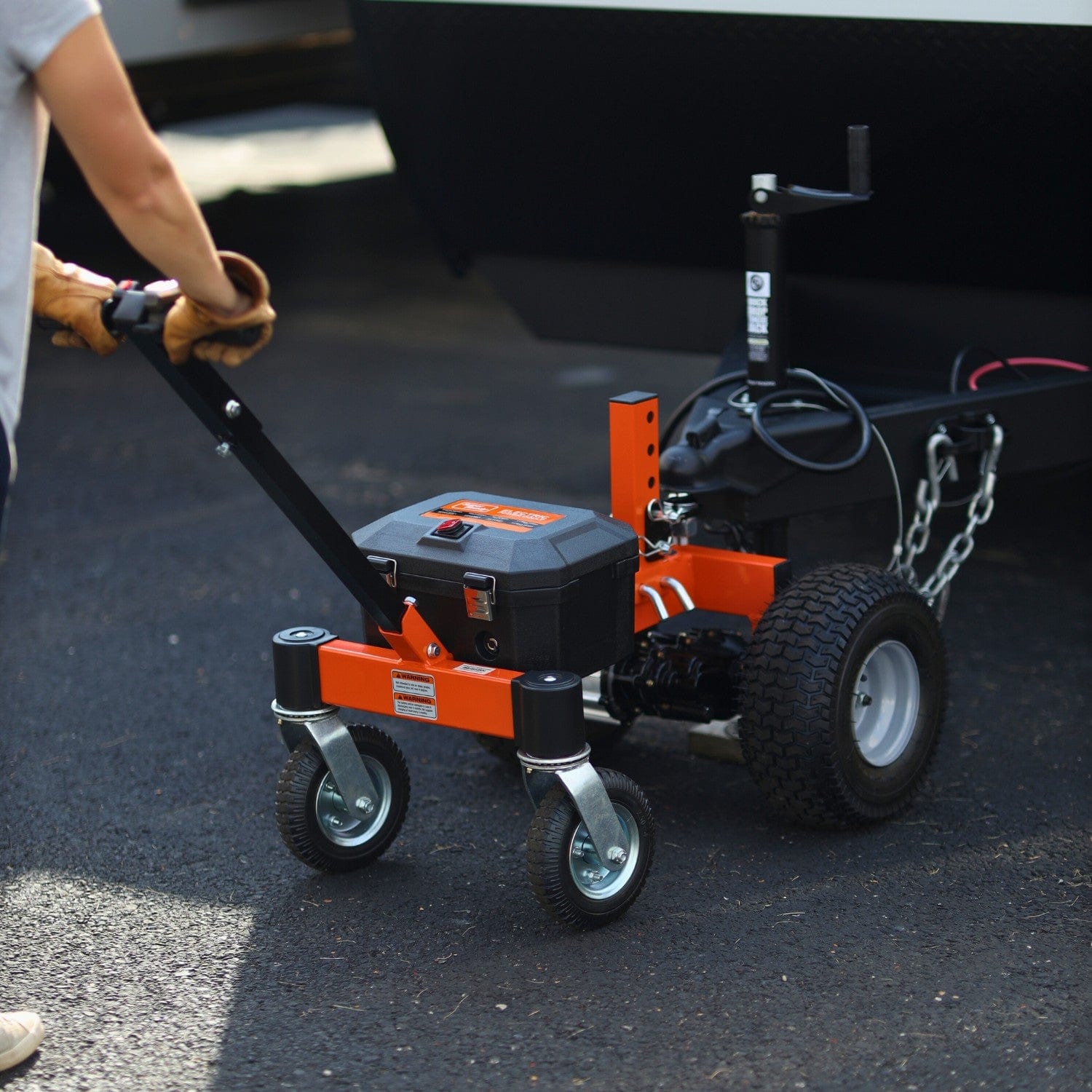
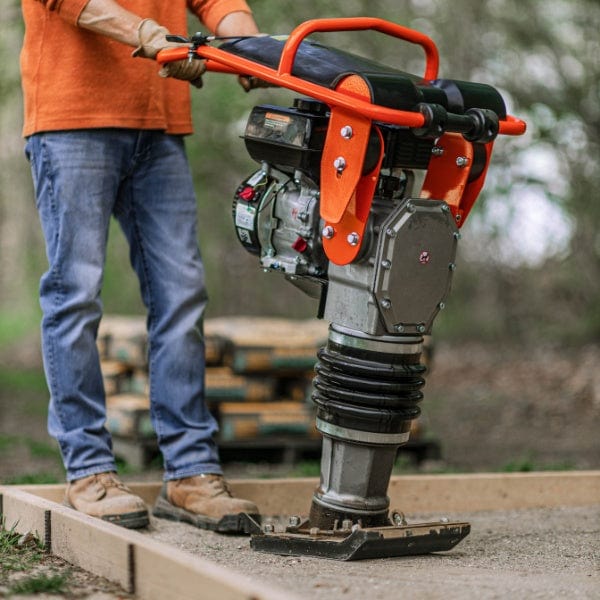
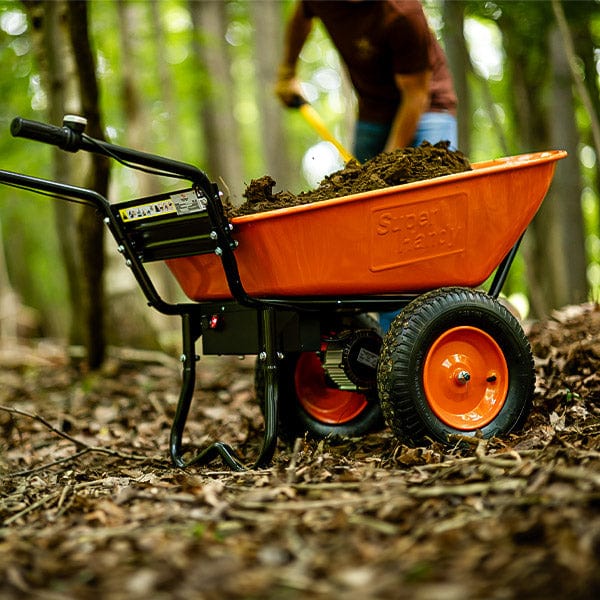


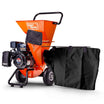
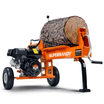

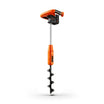
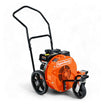



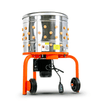
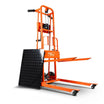

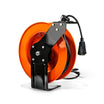

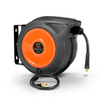


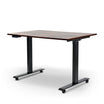


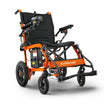


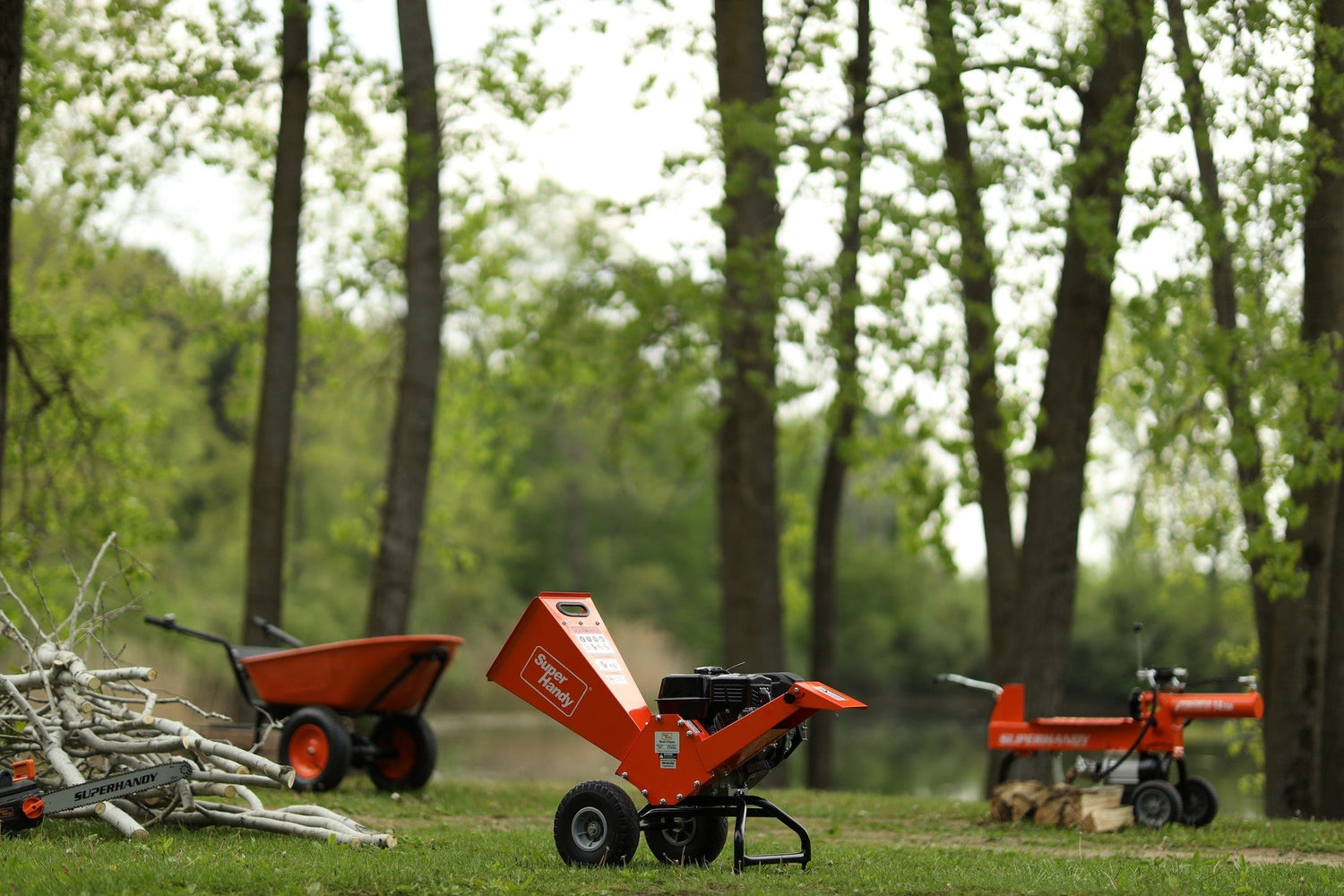
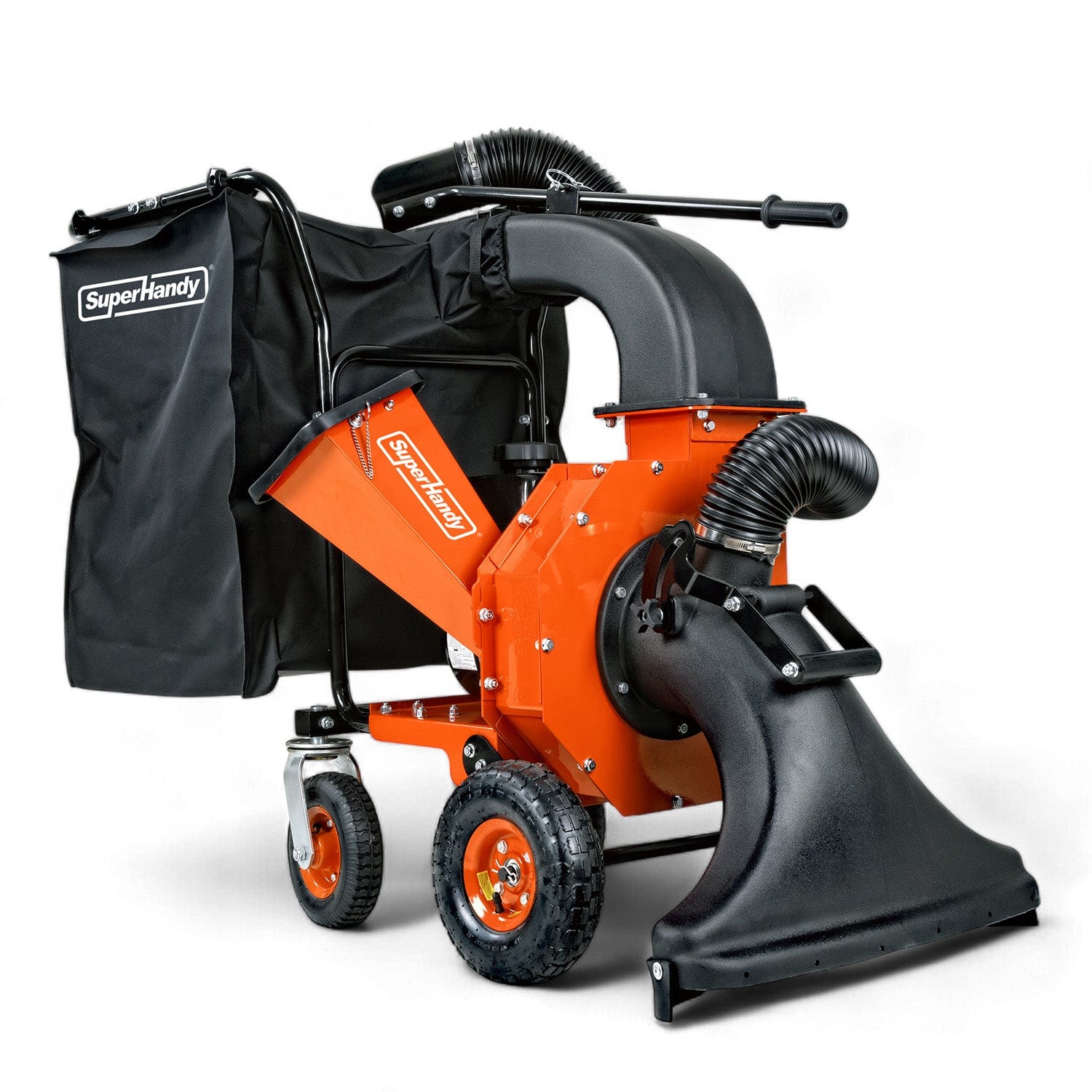

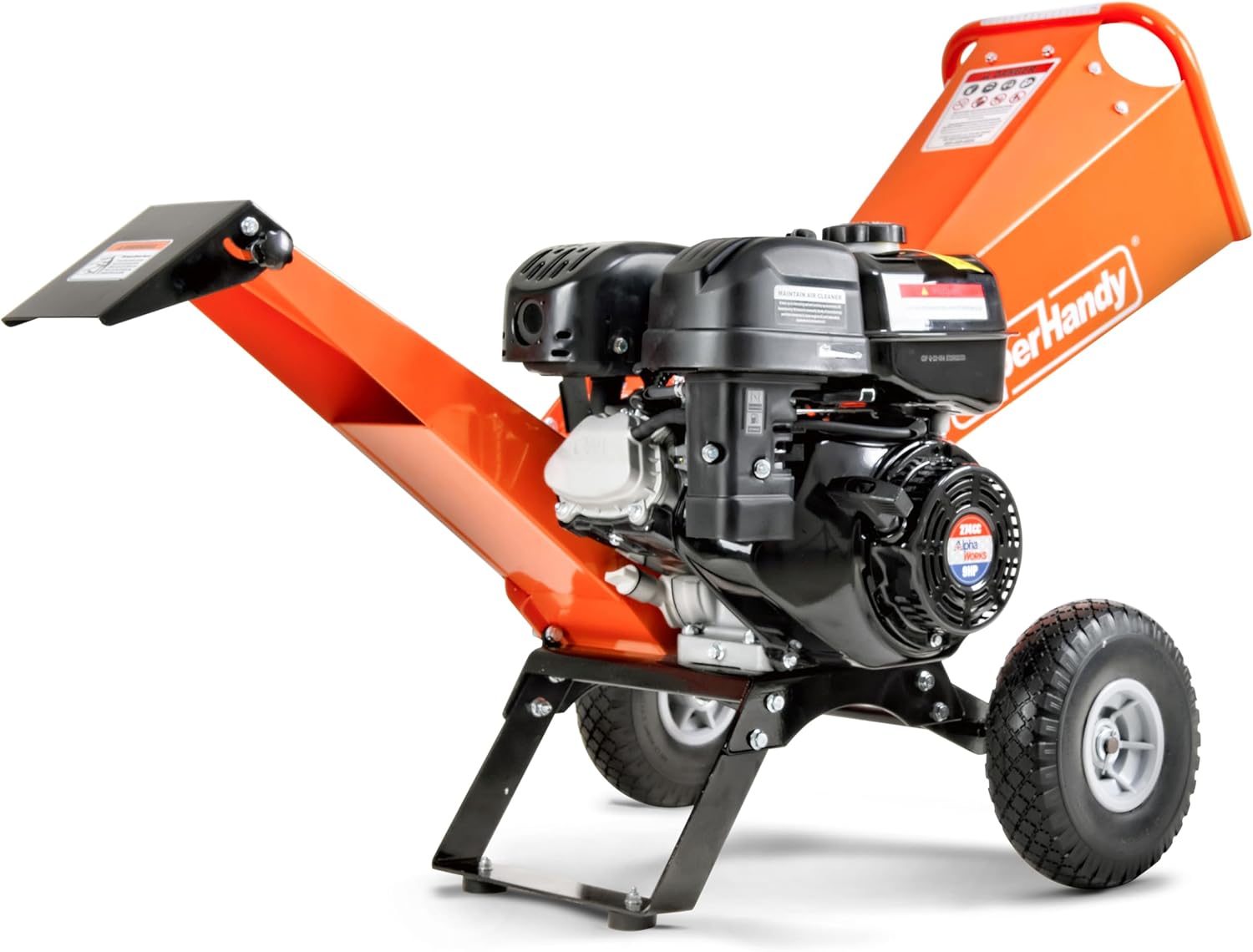


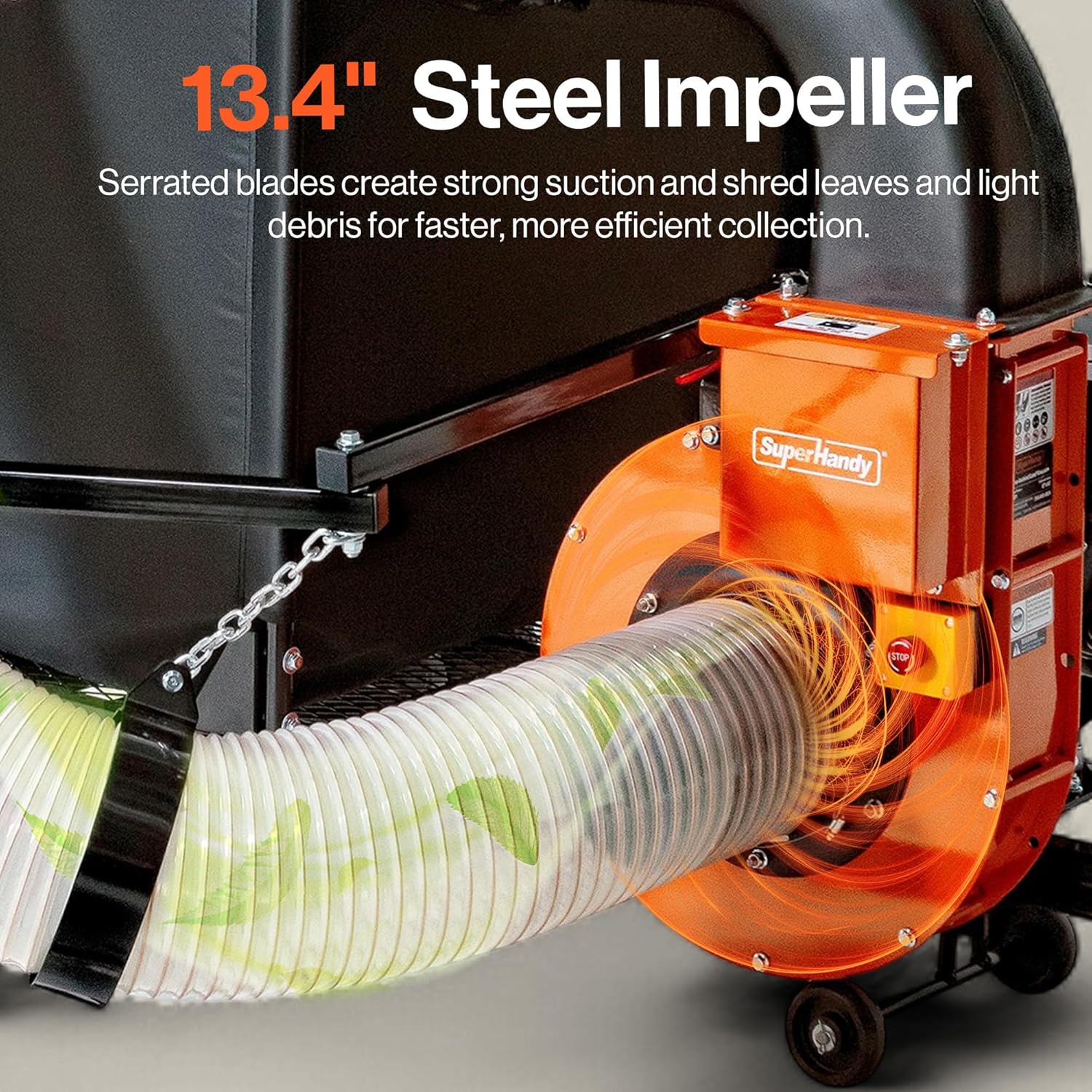
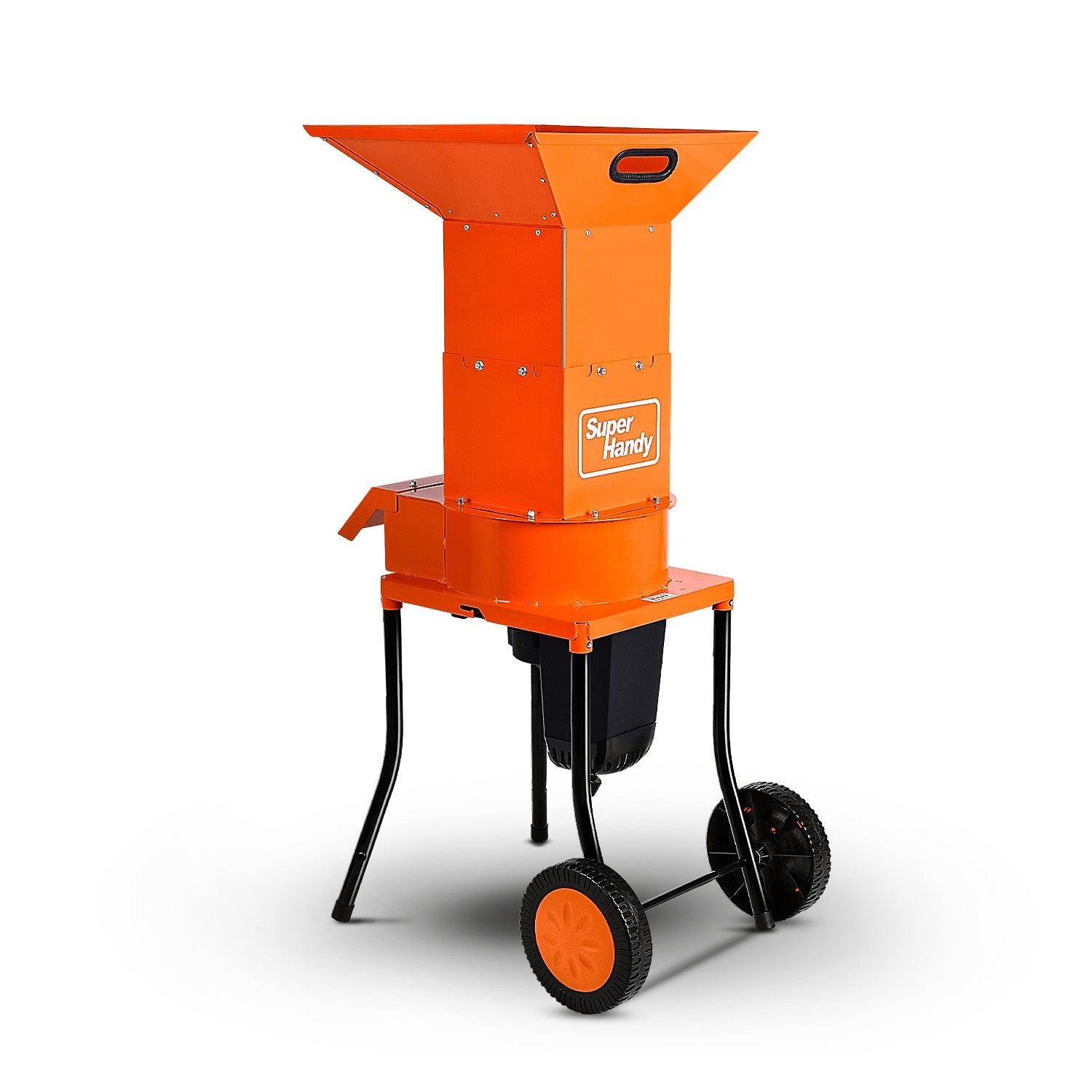
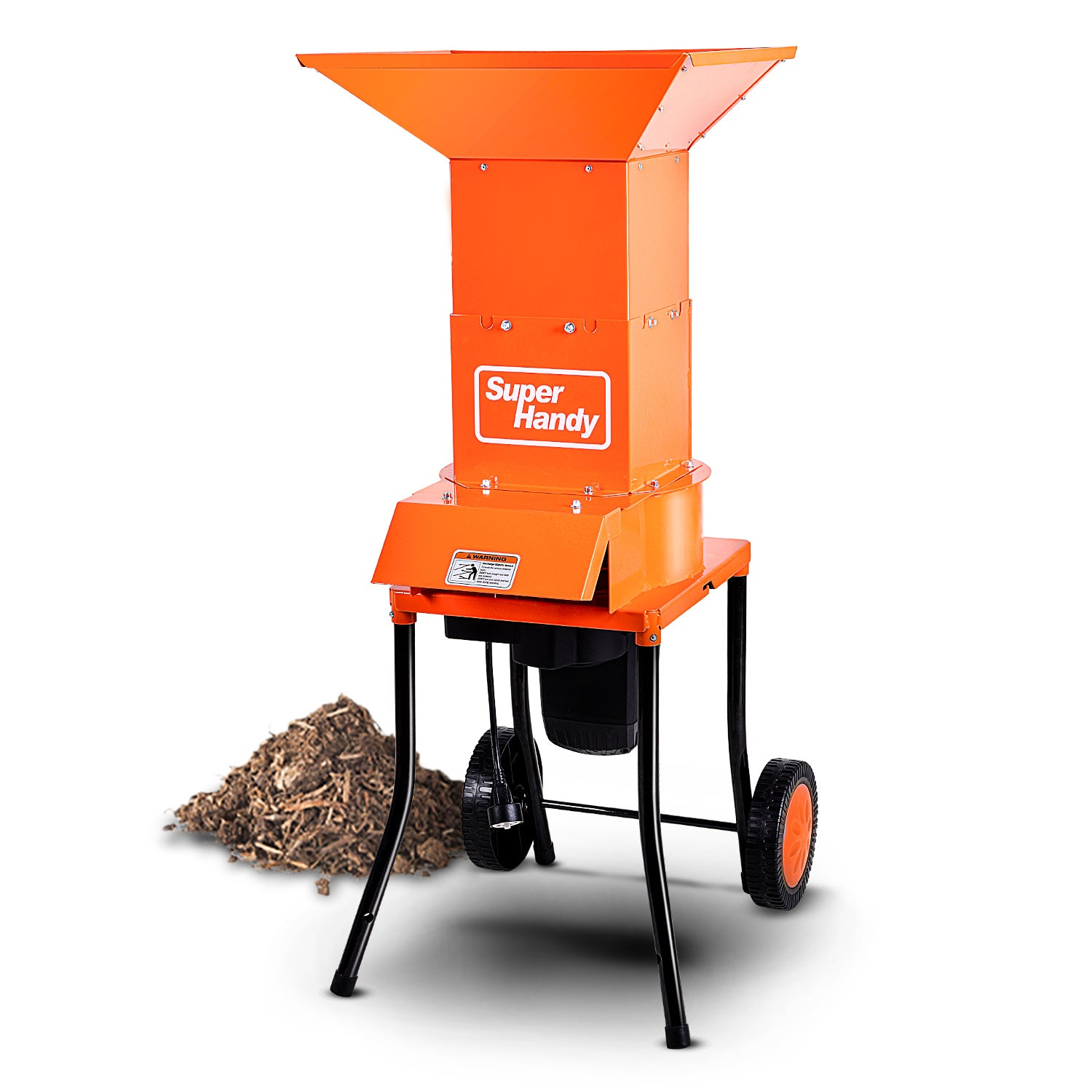


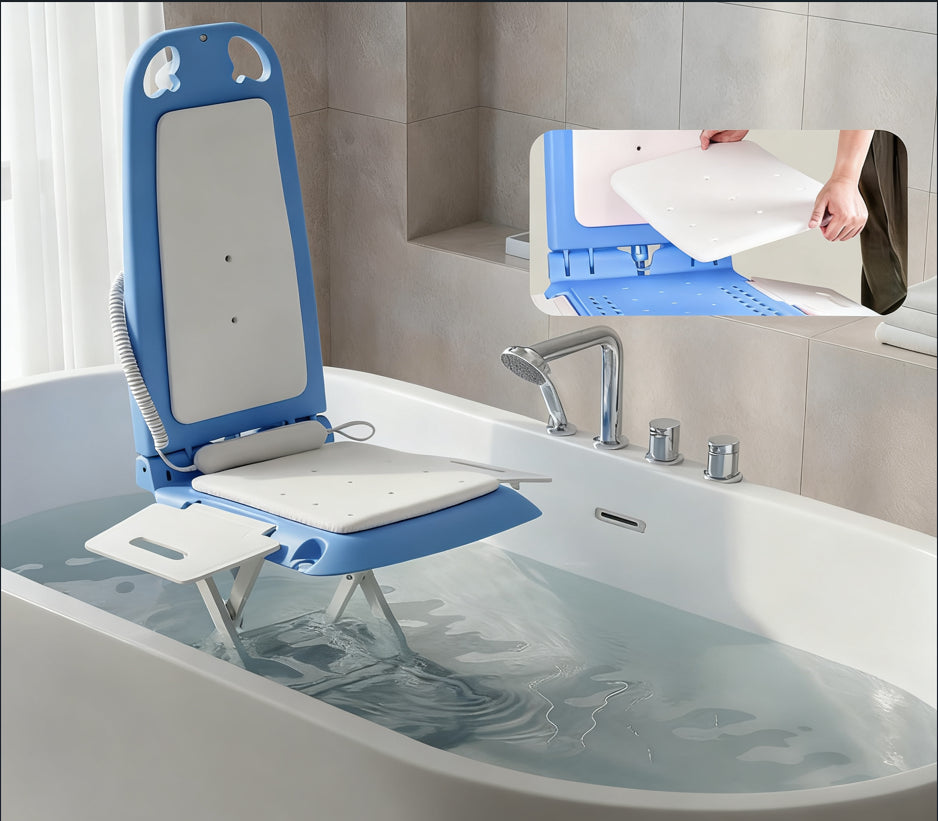

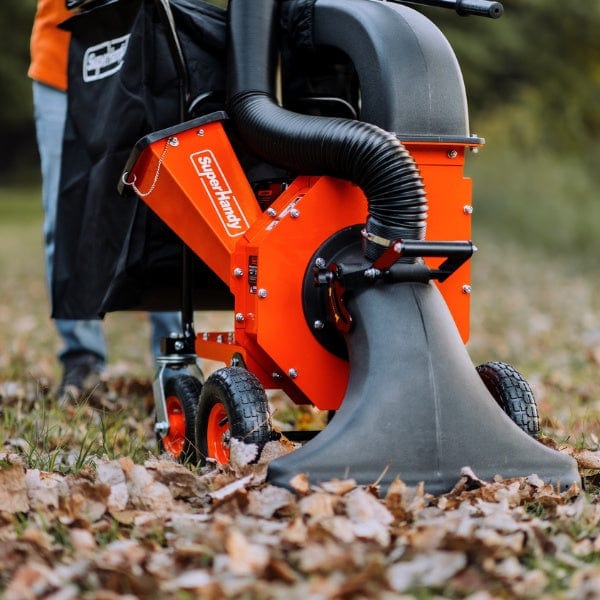
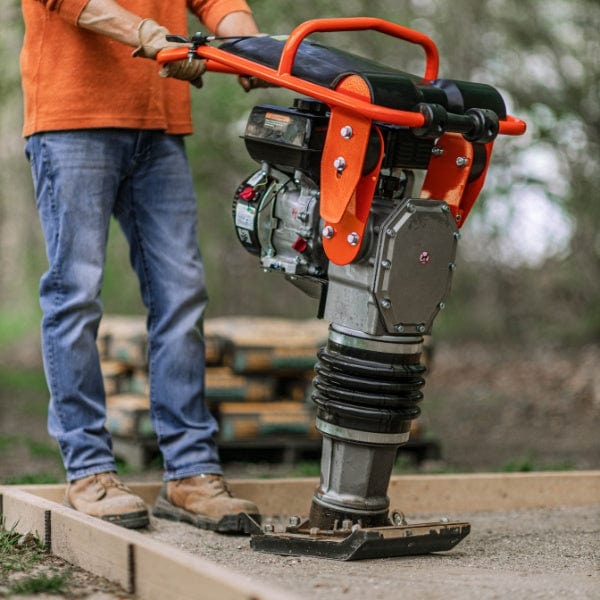

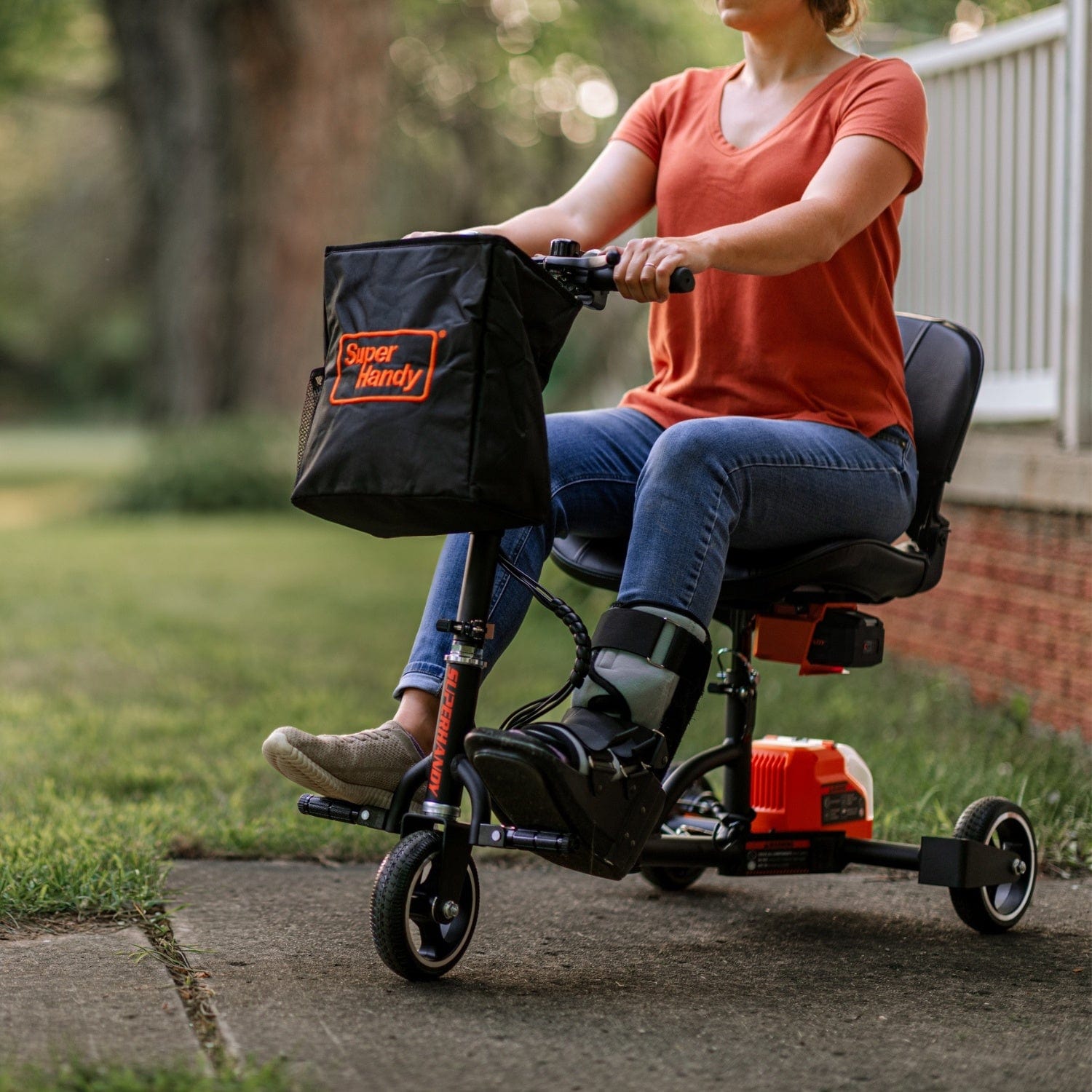
Leave a comment
All comments are moderated before being published.
This site is protected by hCaptcha and the hCaptcha Privacy Policy and Terms of Service apply.